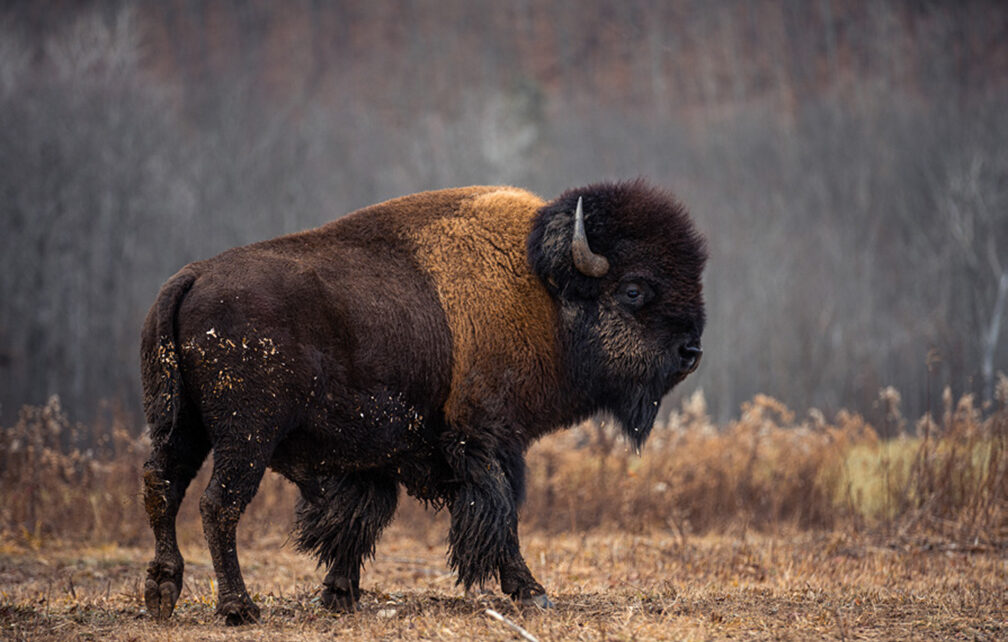Photo by Seneca Media
In collaboration with InterTribal Buffal Council (ITBC) and The Nature Conservancy (TNC), seven buffalo joined the Seneca Nation’s herd on November 11th.
The InterTribal Buffalo Council has partnered with Native American Tribes across the country to restore buffalo, helping expand the population size and genetic diversity of their herds. Buffalo are keynote species whose ecological role is integral to thousands of other natural relationships across North America. Their restoration on Tribal lands is an essential step in repairing these relationships which have been severed by European settlement and the ensuing violence against Native people as well as the extensive conversion of natural areas.
Since 1992, ITBC has transported more than 10,000 buffalo to Tribal lands through its Surplus Buffalo Program. The Nature Conservancy is a relatively new partner to ITBC and transferred more than 130 buffalo thus far in 2021 to ITBC Tribal nations including the Seneca Nation.
“Each animal returned to Tribal land becomes much more than its physical presence on the landscape – it signifies a restored web of relationships that had been broken for hundreds of years,” said Troy Heinert, ITBC’s Executive Director.

There is some risk during buffalo roundup and transport, as significant stress to the animals can occur, as well as injury or death.
“Buffalo are wildlife. Anytime you work with wildlife there is a considerable risk to their safety,” Heinert added. “Unfortunately, four buffalo died as a result of injuries sustained during transport on Thursday. The Seneca Nation followed their normal procedures to distribute the meat.”
“We are so grateful for the quick response from our community to pivot in a moment of duress, as we prepared on very short notice to process and distribute the buffalo meat to our community,” said Michael Snyder, Director Seneca Nation Gakwi:yo:h Farms. “Not only did the Seneca Nation Gakwi:yo:h Farms staff step up tremendously, but our call to the community was heard and we were able to embrace the sacrifice made by the wild buffalo.” Snyder went on to add “the genetics of these Wind Cave buffalo and the high rate of unique genetic traits not found in other herds will benefit our herd and the continued success of our food sovereignty goals for many generations.




